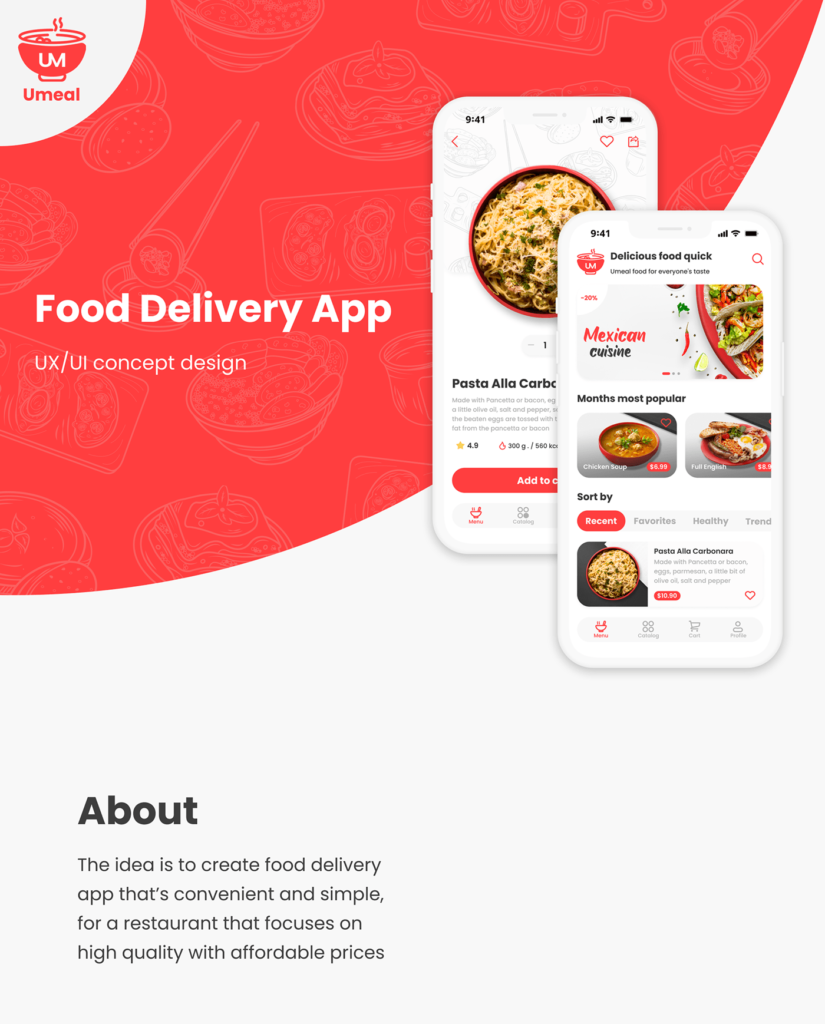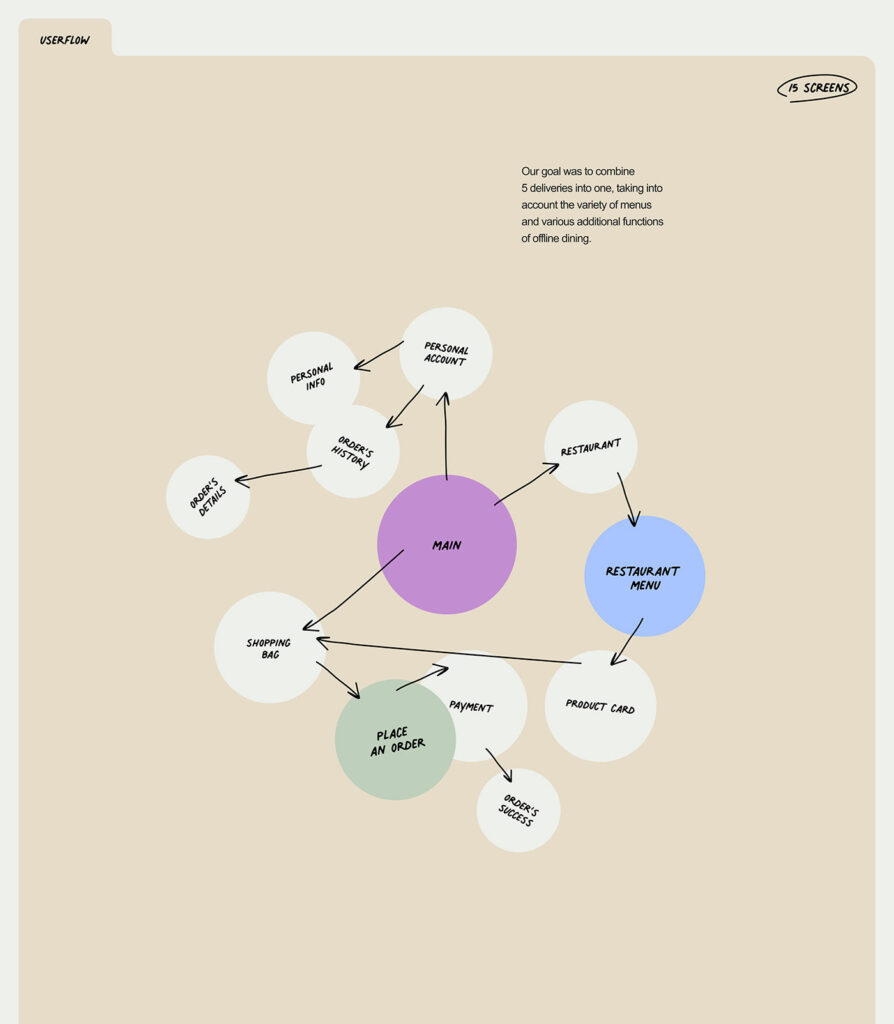
Introduction
Delivery Ordering Mobile App Functional Requirements Give an overview of the document that contains the functional requirements for the delivery mobile app. Please explain what the objective of this paper is and who it is intended for. Describe the most important aims and objectives of the application check also top things you can do and see in Qatar
User Management
- Users should be able to register for an account by providing their personal information, such as their name, email address, and a password.
- Users should be able to log in safely using the credentials they have previously registered with the system.
- User Profiles: Users should be able to maintain and update their own profile information, including delivery addresses and contact details. User profiles should also be searchable.
Order Placement
- Users should be able to explore a catalog of available items and services with pertinent details, such as descriptions, prices, and photographs. This feature is referred to as the Browse items and Services function.
- Users ought to have the ability to add selected products to their shopping carts, and this function ought to be labeled “Add to Cart.”
- Personalization of Orders Users should be able to personalize their orders by selecting choices such as size, quantity, or additional preferences in addition to their usual selections.
- Delivery Address Selection: Users should have the option to select a delivery address from their previously saved addresses or enter a new one whenever they place an order.
- Users should be able to evaluate their orders, select a preferred payment option, and finish the payment in a secure manner before proceeding to the checkout and payment process.

Order Tracking
- Real-time Users should be able to monitor the status of their orders in real time, beginning with the confirmation of their purchases and continuing all the way through delivery.
- Notifications: Users should be able to get notifications regarding order updates, including order confirmation, preparation, and dispatch, as well as an expected delivery time.
Delivery Management
- Assignment of Delivery Partners: The app ought to be equipped with a system that can be used to allocate delivery partners to orders according to availability and proximity.
- Optimization of Routes: The software must to be able to optimize delivery routes in order to guarantee effective and prompt service.
- Communication: Users should be able to communicate with the appointed delivery partner through the use of in-app message or call features, respectively.
Evaluations and Opinions
- Users should be able to review and provide feedback on their delivery experience, including the level of professionalism displayed by the delivery partner as well as the quality of the goods or service received.
- For the sake of maintaining responsibility and assisting other users in making well-informed choices, the app ought to provide a rating and review system.
Assistance to Customers
- Users should be able to contact customer service through a variety of methods, including in-app chat, email help, and phone support, among others.
- The mobile application needs to have a system in place to handle questions, concerns, or complaints from users in a timely manner.
Management of Client Accounts
- Resetting a User’s Password: In the event that a user forgets their password, they should be able to reset it in a secure manner.
- Order History: Users should be able to examine their previous orders, as well as the information of those orders, for the purposes of reference or reordering.
- Preferences: Users should be able to personalize their app settings, such as the languages they like to use and the kind of notifications they prefer to receive.

Safety and Confidentiality
- The application ought to incorporate suitable safety precautions to protect user data and guarantee the safety of financial transactions.
- Users’ personal information should be kept confidential, and the application shall abide by all applicable data protection and privacy regulations.
The process of localization as well as internationalization
- To appeal to a wide range of users, the software needs to support a number of different languages.
- It ought to additionally take into consideration the localization requirements, such as presenting currency, date, and time formats according to the location of the user.
Both in terms of functionality and adaptability.
- The performance of the app ought to be maximized, with the goal of achieving fluid navigation, rapid loading times, and the smallest possible delays.
- It needs to be compatible with a variety of mobile platforms, such as iOS and Android, as well as varying screen sizes for different devices.
Integration
- The application needs to be able to integrate with the appropriate third-party services, such as payment gateways, mapping services, or customer support tools, depending on the situation.
Compliance
- The application ought to be in accordance with the applicable industry regulations, such as PCI-D.












